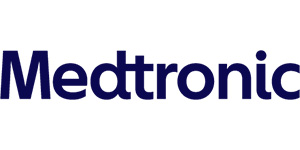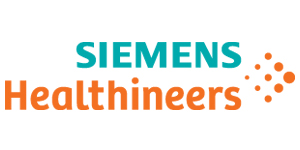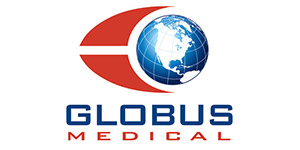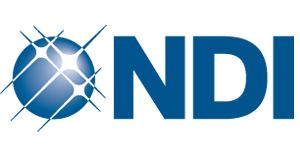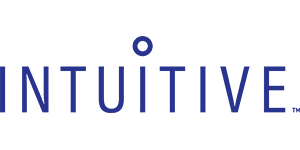Image-Guided Procedures, Robotic Interventions, and Modeling
5:30 PM - 5:40 PM:
Symposium Chair Welcome and Best Student Paper Award announcement
First-place winner and runner-up of the Robert F. Wagner All-Conference Best Student Paper Award
Sponsored by:
MIPS and SPIE
5:40 PM - 5:45 PM:
New SPIE Fellow acknowledgments
Each year, SPIE promotes Members as new Fellows of the Society. Join us as we recognize colleagues of the medical imaging community who have been selected.
SPIE Harrison H. Barrett Award in Medical Imaging
Presented in recognition of outstanding accomplishments in medical imaging
8:30 AM - 8:35 AM:
Welcome and introduction
8:35 AM - 8:45 AM:
Award announcements
- Robert F. Wagner Award finalists for conferences 12927, 12928, and 12932
- Computer-Aided Diagnosis Best Paper Award
- Image-Guided Procedures, Robotic Interventions, and Modeling student paper and Young Scientist Award
Conference attendees are invited to attend the SPIE Medical Imaging poster session on Monday evening. Come view the posters, enjoy light refreshments, ask questions, and network with colleagues in your field. Authors of poster papers will be present to answer questions concerning their papers. Attendees are required to wear their conference registration badges.
Poster Presenters:
Poster Setup Period: 7:30 AM– 5:00 PM Monday
- In order to be considered for a poster award, it is recommended to have your poster set up by 1:00 PM Monday. Judging may begin after this time. Posters must remain on display until the end of the Monday evening poster session, but may be left hanging until 1:00 PM Tuesday. After 1:00 PM on Tuesday, posters will be removed and discarded.
spie.org/MI/Poster-Presentation-Guidelines
8:30 AM - 8:35 AM:
Welcome and introduction
8:35 AM - 8:40 AM:
Robert F. Wagner Award finalists announcements for conferences 12930 and 12933
The goal of this workshop is to provide a forum for systems and algorithms developers to show off their creations. The intent is for the audience to be inspired to conduct derivative research, for the demonstrators to receive feedback and find new collaborators, and for all to learn about the rapidly evolving field of medical imaging. The Live Demonstrations Workshop invites participation from all attendees of the SPIE Medical Imaging symposium. Workshop demonstrations include samples, systems, and software demonstrations that depict the implementation, operation, and utility of cutting-edge as well as mature research. Having an accepted SPIE Medical Imaging paper is not required for giving a live demonstration. A certificate of merit and $500 award will be presented to one demonstration considered to be of exceptional interest.
Award sponsored by:
Siemens Healthineers
In this interactive hands-on workshop exploring the infrastructure and resources of the Medical Imaging and Data Resource Center (MIDRC), we will introduce the data collection and curation methods; the user portal for accessing data including tools designed specifically for cohort building; system evaluation approaches and tools including evaluation metric selection; as well as tools for diversity assessment, identification and mitigation of bias and more.
Join this technical event on 3D printing and imaging and hear how it is enabling innovation in personalized medicine, device development, and system components. This special session consists of four presentations followed by a panel discussion.
Establishing ground truth is one of the hardest parts in an imaging experiment. In this workshop we'll talk to pathologists, radiologists, an imaging scientist (who evaluates imaging technology without ground truth), and an FDA staff scientist (who creates his own ground truth) to determine how to best deal with this difficult problem.
Moderator:
Ronald Summers, National Institutes of Health (United States)
Panelists:
Richard Levenson, Univ. of California, Davis (United States)
Steven Horii, Univ. of Pennsylvania (United States)
Abhinav Kumar Jha, Washington Univ., St. Louis (United States)
Miguel Lago, U.S. Food and Drug Administration (United States)
8:30 AM - 8:35 AM:
Welcome and introduction
8:35 AM - 8:40 AM:
Robert F. Wagner Award finalists announcements for conferences 12929 and 12931
8:30 AM - 8:35 AM:
Welcome and introduction
8:35 AM - 8:40 AM:
Award announcements
- Robert F. Wagner Award finalists for conferences 12925 and 12926
- Physics of Medical Imaging Best Student Paper Award
- Image Processing Best Paper Award



